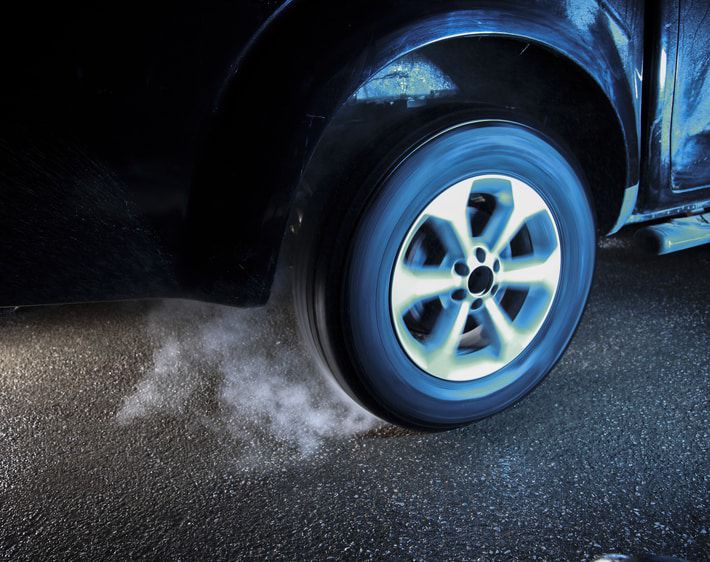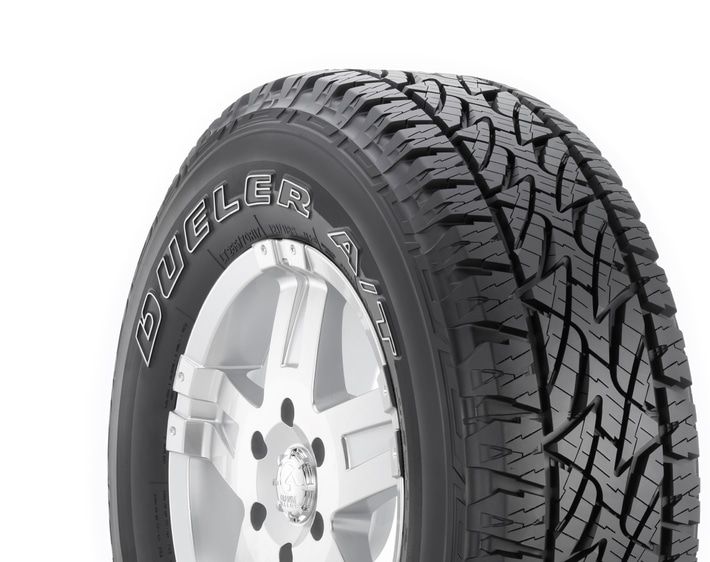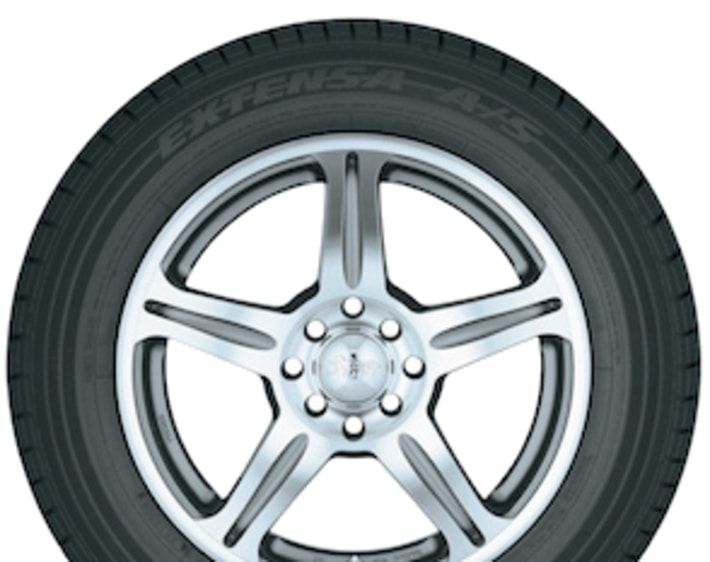By now, you've probably learned every shake, jerk, and rattle of your car. But as you take off from that stoplight, you notice there's a new sensation – your tires are slipping! While this issue might seem minor now, it's best to get it taken care of before it gets serious. Here are a few things to look out for if you feel your tires slipping and how you can help keep them from slipping in the future.
You Have Excessive Treadwear
If your tires are slipping, the first thing to check is the tread. Low tread can reduce tire traction and cause your wheels to slip, especially in wet conditions or when accelerating from a stop. Particularly worn treads can even lead to tire slippage in dry conditions!
Low tread levels can sometimes be easy to spot when looking at the tire. Other times, you might need to try the trusty penny method. Put the penny head-first into the tread. If you can see the top of Abe's head, it's time to replace your tires. No pennies in your pocket? You can visit Firestone Complete Auto Care for a free tire inspection, expert tire recommendations, and all-things-car care.
You're Experiencing Wheel Slip
You may have never paid attention to them, but the numbers and letters on the side of your tires mean something! Some of those letters represent your tire's traction rating. Tires can have a traction rating of AA, A, B, and C, with AA having the most traction and C having the least.
Traction rating is essential when determining if you are experiencing wheel slip since wheel slip usually occurs when the force applied to the tire during acceleration exceeds the available traction of the tire. In other words, if your car has a lot of power, but your tires' traction can't handle all that power, then they can slip when you punch the gas.
Tires with an A traction rating like the Firestone Firehawk GTA can usually handle more force during turns and in wet conditions than tires with B and C ratings. If you think you're experiencing wheel slip, it might be time to upgrade to tires with better traction.
Your Tires Are Overinflated
Believe it or not, overinflating your tires can be a bad thing! Every tire has an area where the rubber meets the road. It's called a contact patch. When you overinflate your tires, the contact patch becomes smaller, reducing how much tire touches the road and thereby decreasing traction. Additionally, overinflated tires tend to become stiffer, which can negatively affect handling and performance.
If you have paid attention to the markings on the side of your tire, you might have noticed one that reads "max PSI," followed by a number. Don’t mistake this marking for your recommended tire pressure! Inflating your tires to the max PSI will likely leave them overinflated!
Instead, find your vehicle manufacturer's recommended PSI on a sticker in your door jamb. Inflating your tires to this number helps ensure that your tires’ pressure matches the manufacturer recommendations for car model and year.
Your Tires Aren't Suited for Your Vehicle
If your tires aren't meant for your type of vehicle, optimal tread depth and tire pressure may not be enough to get you optimal performance. Strive to choose tires that are right for your car, starting with the right size.
Tires for Larger Vehicles
Vehicles in higher weight classes, like trucks and SUVs, put more weight on the tires. While that extra weight can help increase the contact patch and improve traction, it can also lead to slipping if the tread isn't suited to handle the load. If you’re looking for the right tires for your light truck or SUV, browse our catalog for best-in-class options like the Bridgestone Dueler H/T 685.
Tires for Smaller Vehicles
Vehicles in smaller weight classes, like sedans, put less weight on the tires. And with less weight pushing the tire tread into the road, you might be more prone to experiencing tire slippage. The tread design and composition in tires designed for sedans, such as the Bridgestone Ecopia EP422 Plus, can help maintain traction on lighter-load vehicles.
Stop Slipping with New Tires
Does your car feel like it's slipping in rain and shine? You might just need the right tires for your vehicle! Equipping your vehicle with tires that have the proper composition, tread, traction rating, and weather rating for your make and model can reduce the risk of slipping and help provide better handling while driving. Slip into a Firestone Complete Auto Care near you to find new tires with the traction you need and the driving performance you deserve.



